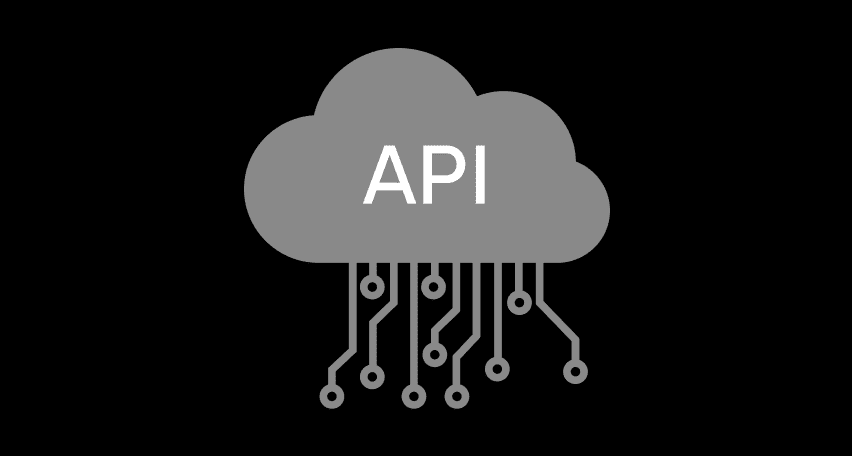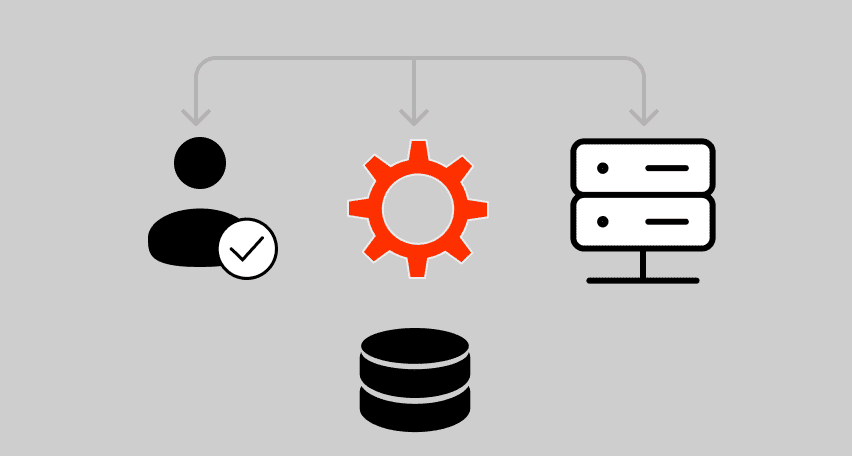During website or application maintenance, developers are often forced to change their code or add new features. Unfortunately, after code modifications, the software does not always work as it did before – system collapses and crashes are a challenge to watch out for.
Moreover, one code change can slow down the performance of the entire project, reduce page load time, or increase the usage of system resources. To ensure that software changes don’t negatively impact system performance, many teams also rely on performance testing service to identify bottlenecks and optimize the overall performance alongside regression testing. For high-performance API architectures, a gRPC performance testing tool can be particularly valuable in assessing API efficiency and scalability, helping teams simulate realistic traffic patterns and enhance API responsiveness.
Read this blog post to find out what regression testing is, why it is important, and what it consists of. We will also share some tips and tools for successful regression testing.
What is Regression Testing?
IT professionals define regression testing as a part of software testing designed to determine if a system is crash-resistant and functional after a code change. At this stage, a tester re-executes a set of cases they ran during the initial development stage to ensure that there was no negative impact. It’s important to test not just the part of the code that has been modified or a newly added feature, but the entire system.
To cut the cost and the number of hours needed for full regression testing, most companies run automated test sessions. This way, they can maintain higher precision and reduce the number of man-made errors, as well as run uninterrupted testing 24/7.
Regression Testing in Software
Regression testing is a crucial part of software maintenance. Its main purpose is to find bugs in the overall system that have been overlooked after the introduction of a new feature. Here is an example of regression testing in software:
There are several approaches to regression testing. Here is a brief rundown of the most widely used techniques.
Who Needs Regression Testing?
Unfortunately, it’s hard to imagine a product that would never need to change. To stay relevant and attract more users, developers have to upgrade their projects with new features, change the back end to make the tool’s performance more effective, and adapt to managing a bigger amount of incoming traffic.
Maintaining a software product without regression testing will result in massive tech debt and a decrease in the level of user satisfaction.
For developers, regression testing usually means the following:
Types of Regression Testing
There is no single approach to regression testing. Apart from the techniques discussed above (those that have to do with the size of the test suite), there are a few more types of regression testing. Let’s take a look at some widespread approaches:
How to do Regression Testing
Creating a strategy during the early stages of development and aligning with it until the product release is a good way to do regression testing. The good news is, building a testing framework is relatively straightforward. Here are the steps QA specialists normally take to get started.
Step 1. Gather tests for execution
The first step in designing a regression test strategy is collecting all cases a QA specialist intends to re-execute. Here are a few tips on smart test selection:
Step 2. Estimate the time for test cases execution
Be sure to estimate the time needed to test every chosen feature. Keep in mind that, apart from a session, your testers might need to take some time to get to know the range of tools used to execute and report particular tests and add them to the schedule. Here are a few other factors that can influence the amount of estimated time for testing:
Step 3. Outline which tests can be automated
Automated regression testing is faster and more reliable than manual one. In the long run, you’ll be able to reuse such scripts for your next project – it improves the efficiency of software maintenance and creates a set of standards within the team.
When it comes to regression testing, developers tend to automate most cases. However, if you’re looking at a complex sequence of events – it’s better to execute a manual check. The same stays true for all GUI-related cases – here, manual testing is often the only option.
Dividing manual and automated tests into two separate groups is the best way to avoid miscommunication within the team and keep reports in order.
Step 4. Prioritize test cases
It’s always helpful for a tester to determine which cases are the most relevant for the program and focus on executing them as a first priority. To manage sessions productively, it is crucial to prioritize. Here’s a simple framework you can follow while grading the value of test cases.
Step 5. Use tools to speed up the testing process
There is a wide range of regression testing tools that help QA specialists handle planning, preparation, and reporting. Using these off-the-shelf solutions allows the team to speed up the process and use the best practices of regression testing.
Here are some tools developers can consider using to improve the efficiency of testing:
Examples of Regression Tests
There is no single approach to regression testing. Apart from the techniques discussed above (those that have to do with the size of the test suite), there are a few more types of regression testing. Let’s take a look at some widespread approaches:
Regression Testing at PFLB
In case you’re looking for a team of qualified regression testing specialists, consider contacting PFLB. We have a team of ISTQB-certified testers experienced in creating coverage for regression testing, prioritizing and executing test cases, and giving a comprehensive report regarding the ways to improve the build.
We use a large number of tools to run test cases – the list includes (but is not limited to) TestLink, JIRA, HP ALM, Microsoft TFS, and many more. To provide companies with agile maintenance, at PFLB we run continuous system monitoring of nightly and weekly builds.
Take a look at the full list of services offered by PFLB. If you want to work with a team of experienced testers, be sure to contact us.
Related insights in blog articles
11 API Failure Causes and How To Solve Them

When an API fails, the consequences ripple quickly through the entire system. Transactions stall, integrations break, and frustrated users flood your support channels. Understanding exactly why API failures happen — and how to fix them — is essential for developers and businesses alike. This article examines the most common reasons behind API failures, explores the […]
API Mocking: A Complete Guide

Waiting for APIs to become available or stable can slow down entire projects. API mocking provides a smart way to avoid these roadblocks by simulating real API responses, keeping your teams productive and ensuring smoother integration down the line. In this guide, you’ll discover exactly what API mocking involves, how it differs from using real […]
API Endpoint: A Complete Guide

Modern applications rely heavily on APIs (Application Programming Interfaces) to communicate and exchange data across different systems. At the heart of this interaction lies the API endpoint — a fundamental concept that defines where and how data exchanges happen. This guide explains clearly what an API endpoint is, outlines its importance, and provides practical insights […]
gRPC vs. REST: Detailed Comparison

Choosing between gRPC and REST can feel confusing, especially if you’re trying to figure out the best way for your applications to communicate. This article breaks down the grpc vs rest comparison clearly, without jargon or confusion. You’ll learn exactly what each protocol is, the advantages and disadvantages of each, and understand why gRPC is […]
Be the first one to know
We’ll send you a monthly e-mail with all the useful insights that we will have found and analyzed
People love to read
Explore the most popular articles we’ve written so far
- Top 10 Online Load Testing Tools for 2025 May 19, 2025
- Cloud-based Testing: Key Benefits, Features & Types Dec 5, 2024
- Benefits of Performance Testing for Businesses Sep 4, 2024
- Android vs iOS App Performance Testing: What’s the Difference? Dec 9, 2022
- How to Save Money on Performance Testing? Dec 5, 2022